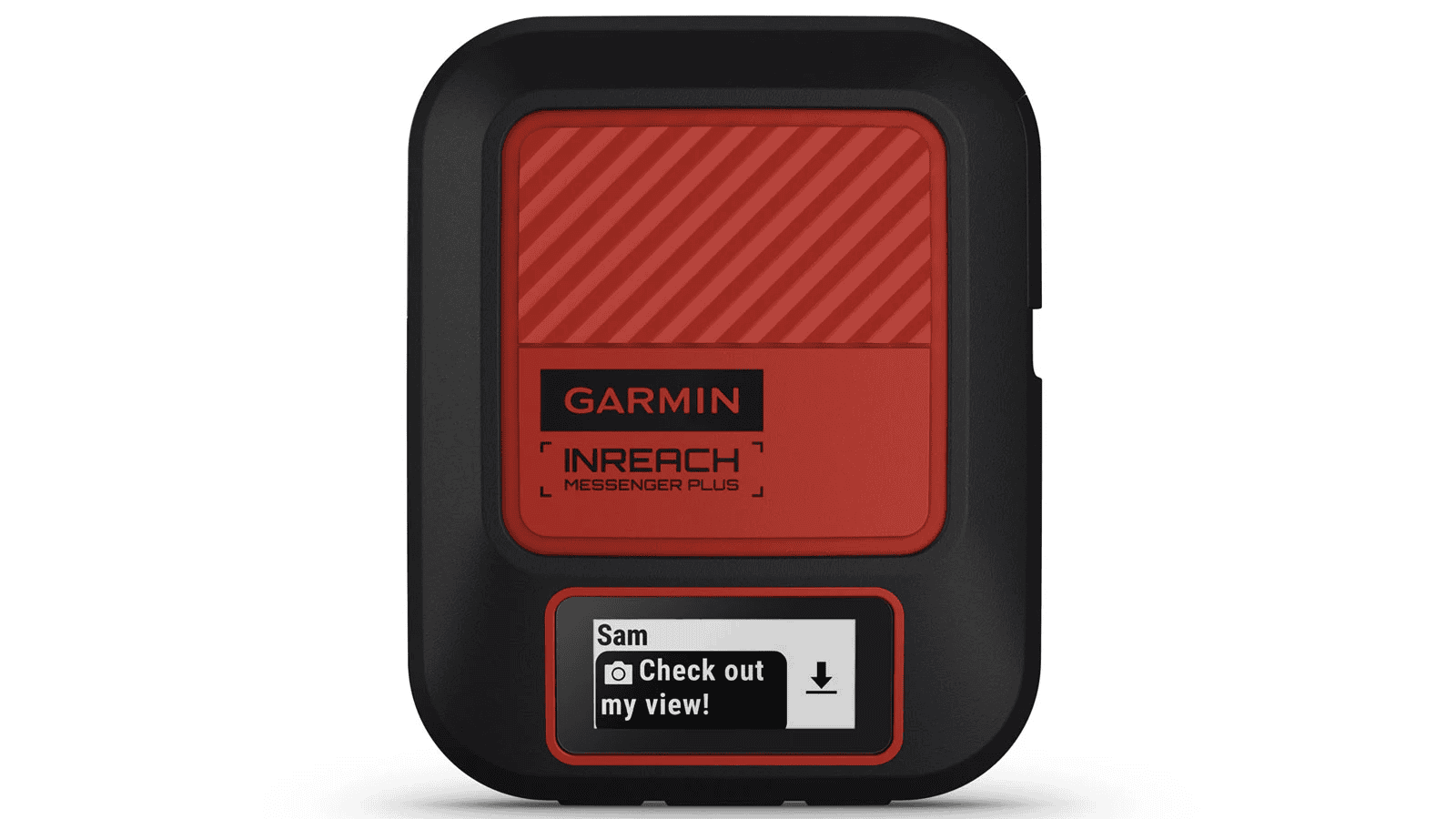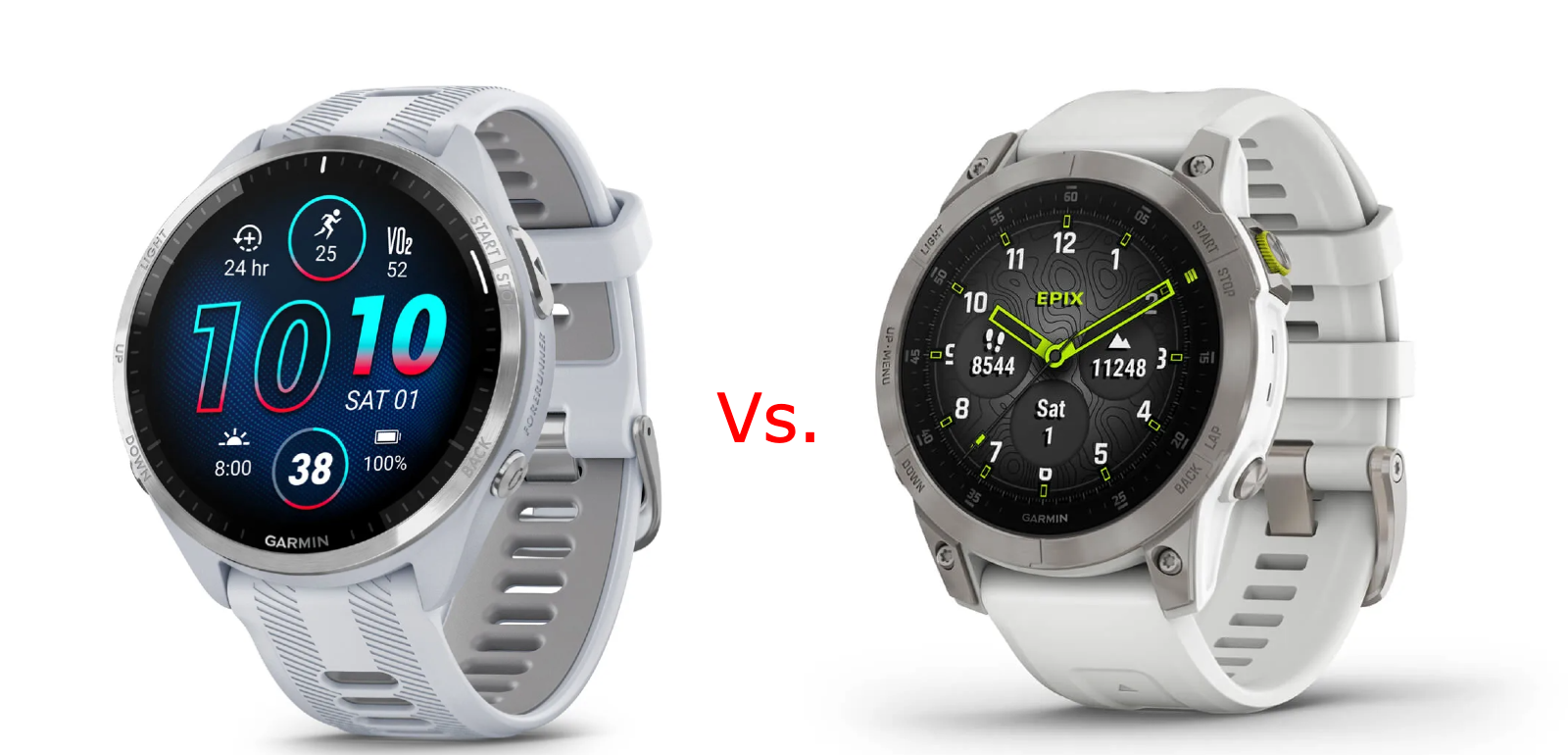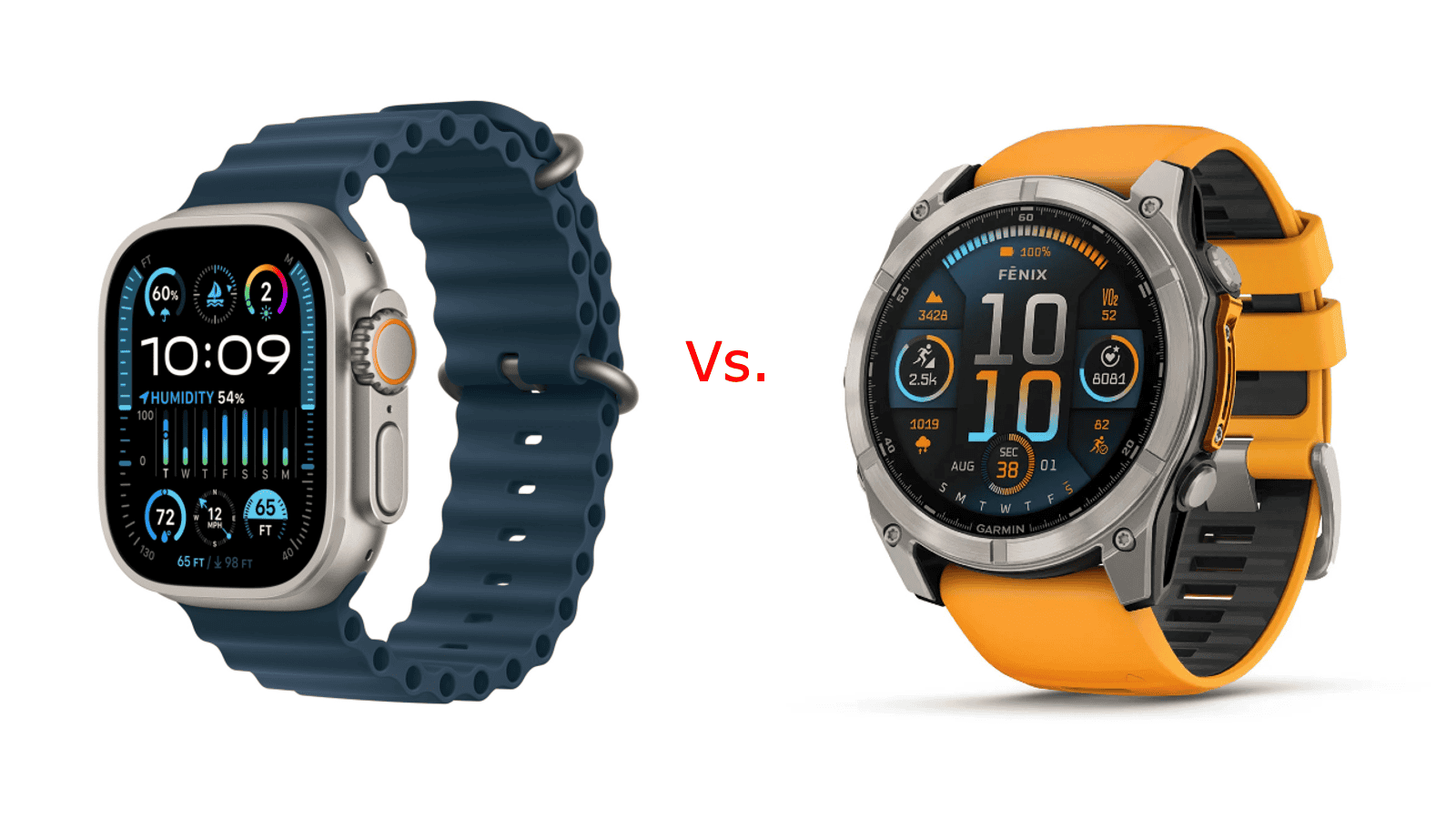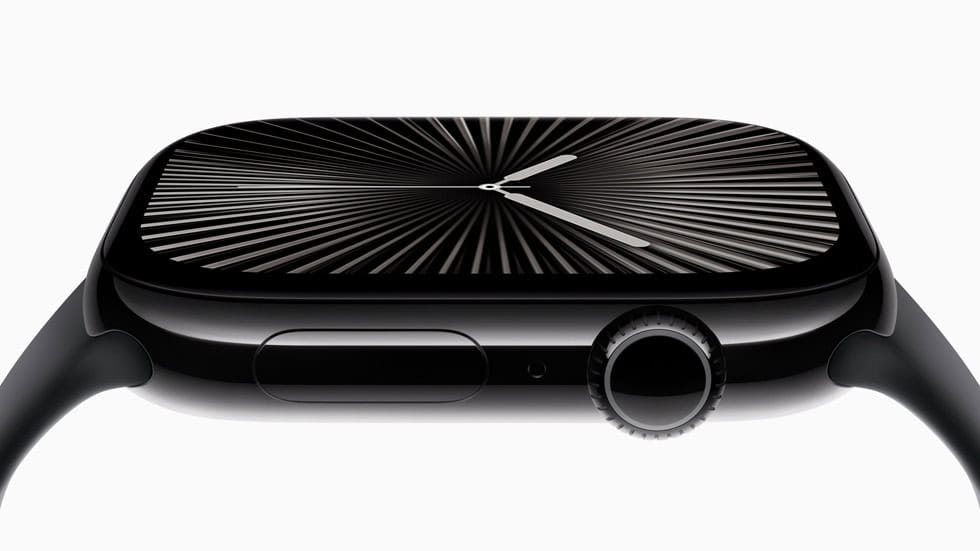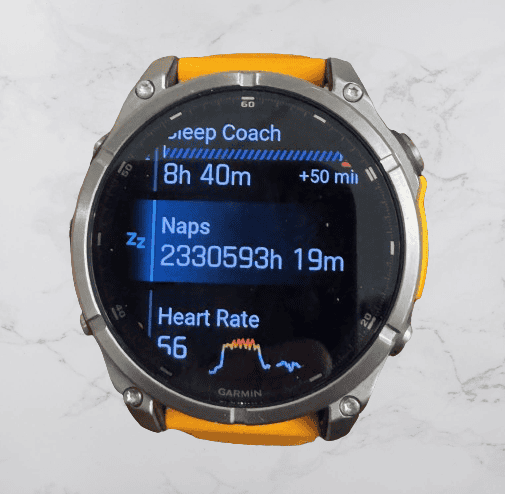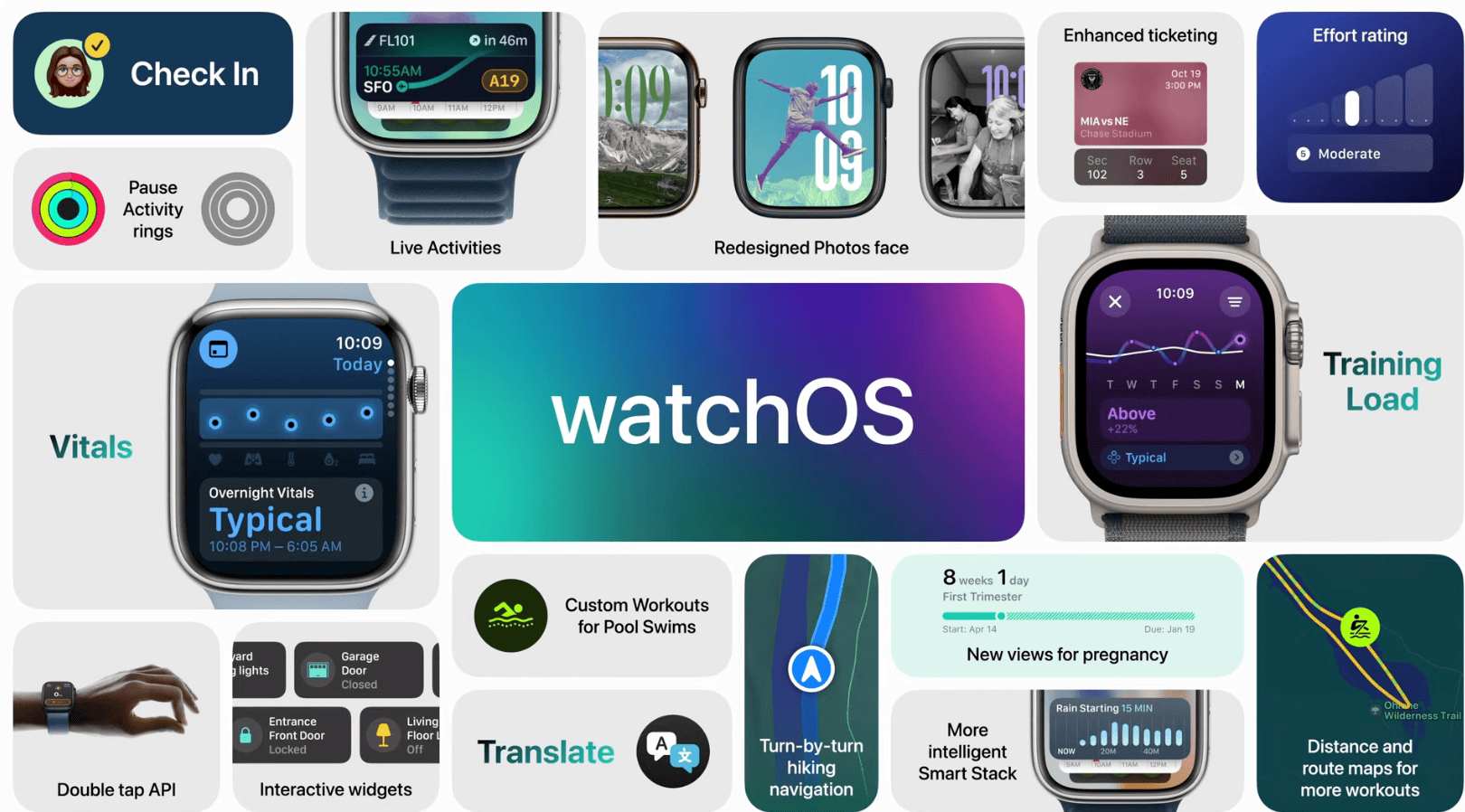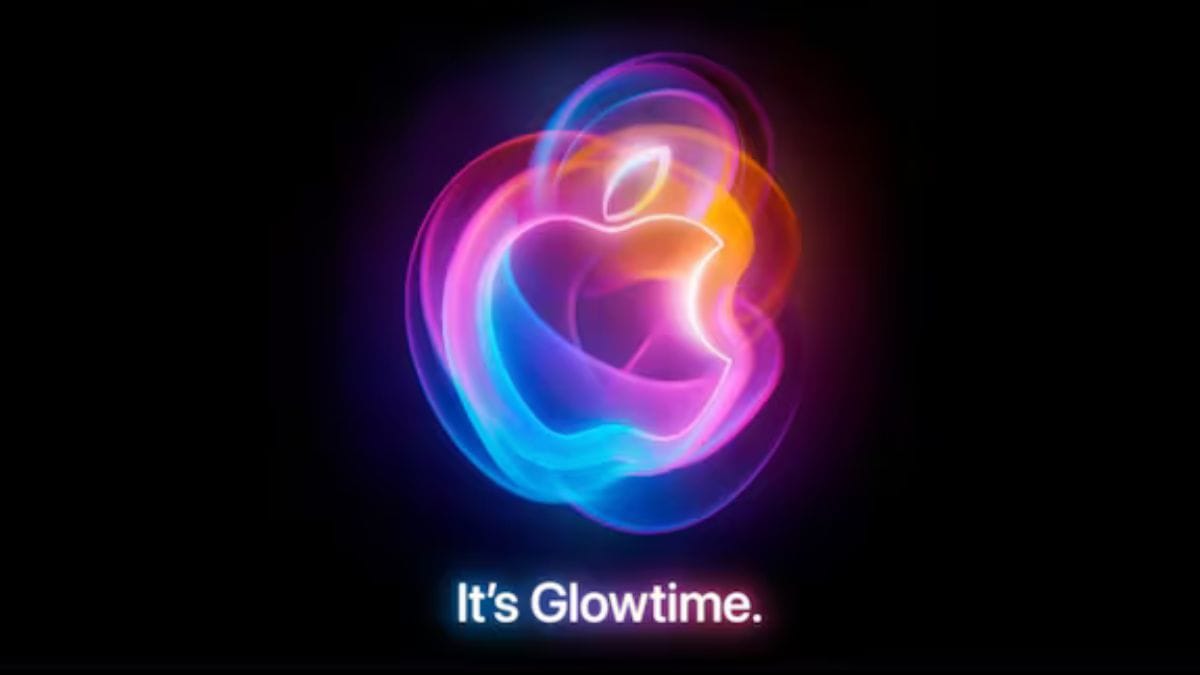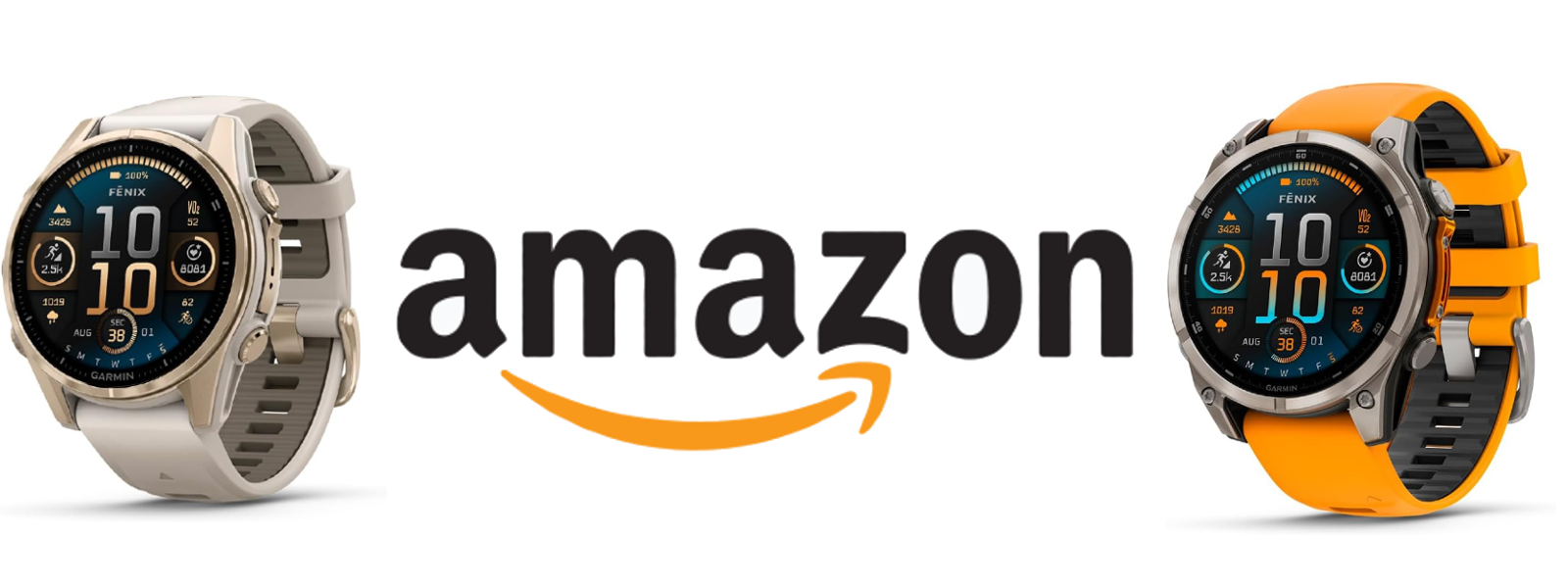All models have been listed on Garmin’s official website, providing us with a final look at the pricing and configurations. Here’s a quick overview of what’s available:
Fenix 8
The Fenix 8 series offers multiple configurations in both AMOLED and MIP (Memory in Pixel) display options. The Fenix 8 series includes a choice of premium titanium and sapphire glass, or for $100 less stainless steel. A models come equipped with the LED flashlight, voice control features, and enhanced diving capabilities. The models are available in three sizes: 43mm, 47mm, and 51mm. Prices for the Fenix 8 range from $999.99 to $1199.99.
- AMOLED Models: 43mm: $999.99 – $1099.99, 47mm: $999.99 – $1099.99, 51mm: $1099.99 – $1199.99
- MIP Solar Models: 47mm: $1099.99, 51mm: $1199.99

Fenix E
The Fenix E is positioned as a more affordable version of the Fenix 8, designed to appeal to users looking for a high-quality Garmin watch without the premium price tag. However, it lacks many of the advanced features of the Fenix 8 series, such as the built-in microphone and the latest heart rate sensor. The Fenix E retains the older design of the Epix Gen 2, with a 1.3-inch AMOLED display and is available only in a 47mm size.
- 47mm Stainless Steel Models: $799.99

Enduro 3
The Enduro 3 has the longest battery life of any Garmin watch and features a 51mm case size with a 1.4-inch MIP display. The watch is constructed with a titanium bezel and a fiber-reinforced polymer case, comes with the same lightweight band as default, and maintains the neon green color scheme of prior generations. The Enduro 3 delivers the best battery life of any Garmin watch.
- 51mm Sapphire Solar Titanium Models: $899.99


